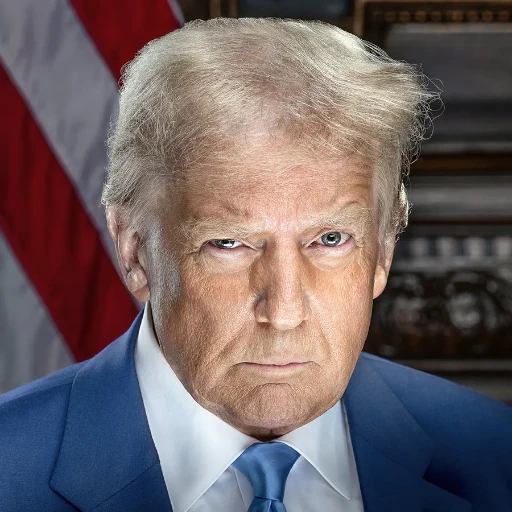In an era of polarized politics, a curious phenomenon has emerged: the more mainstream media outlets criticize former President Donald Trump, the stronger his public approval seems to grow. This paradox, observed consistently throughout his political career, raises questions about the interplay between media narratives, public perception, and political loyalty in 2025.
Mainstream media outlets,spanning television networks like CNN and MSNBC to print giants like The New York Times,have often been unified in their critical stance toward Trump. From accusations of misinformation to critiques of his policy decisions, the coverage can feel relentless to his supporters. Yet, rather than diminishing his appeal, this barrage of criticism appears to bolster it. Polls in recent years have shown Trump’s approval ratings climbing despite, or perhaps because of, this media scrutiny. What drives this counterintuitive trend?
One key factor is the perception of media bias. When nearly all major outlets adopt a similar critical tone, segments of the public, particularly those skeptical of institutional power, begin to view the coverage as coordinated or unfair. For many, this fuels distrust in the media and strengthens their allegiance to Trump, who has long positioned himself as a victim of an “elite” establishment. This backlash effect is amplified by Trump’s own rhetoric, which frames the press as “fake news” and himself as a defender of the common American.
Polarization also plays a significant role. In today’s fractured media landscape, negative coverage often fails to sway Trump’s base, instead hardening their resolve. Supporters see attacks on Trump as attacks on their values, fostering a tribal loyalty that thrives under pressure. Meanwhile, undecided or moderate voters may grow fatigued by what they perceive as media overreach, leading them to sympathize with Trump or dismiss critiques as exaggerated.
The rise of alternative media ecosystems further complicates the dynamic. Social Media, conservative news outlets, and influential podcasts provide Trump supporters with narratives that counter mainstream criticism. These sources often portray Trump as a misunderstood figure fighting for ordinary people, reinforcing his populist appeal. As a result, mainstream media’s influence over his base is diminished, while its criticism inadvertently fuels the narrative of Trump as an embattled outsider.
This phenomenon is not entirely new. Historical figures like Richard Nixon capitalized on distrust of the press, but Trump’s mastery of media dynamics and digital platforms has taken it to new heights. His ability to bypass traditional gatekeepers and communicate directly with millions via social media allows him to shape his narrative in real time, turning criticism into a rallying cry.
As of May 2025, Trump’s enduring popularity suggests that blanket media criticism may be a double-edged sword. While it energizes his opponents, it also galvanizes his supporters and reinforces his anti-establishment brand. For media outlets, the challenge lies in balancing accountability with avoiding the perception of bias, a tightrope that, if mishandled, could further elevate the very figure they seek to demonize.
